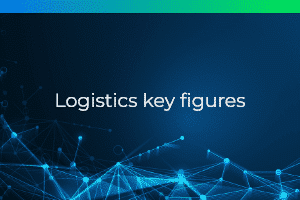Logistics key figures: essential for sound business decisions
Many processes are interlinked, and in logistics in particular there are many interactions and therefore dependencies. The better these processes can be controlled, the more key figures are generally in focus. The aim is to make processes controllable and measurable in a targeted manner in order to precisely map facts and ultimately identify weak points and optimization potential.
Advantages and objectives of using logistics KPIs
Whether you are a wholesaler or a processing company in the food industry, much depends on the exact quantity and quality of goods that are available on time. The main aim of identifying key logistics indicators is therefore to reduce complexity and recognize developments that deviate from the norm. The earlier and more holistically this is possible, the better companies can react and reduce negative influences on their business.
Further advantages associated with logistics key figures:
- Simplified analysis and planning of goods flows
- Better management and control at all times
- Linking with other KPIs, e.g. warehouse KPIs such as lead time
- Comparison and prioritization of processes, e.g. by defining target values
- Holistic operationalization of entire business areas, including those with a cross-divisional function
Important: Logistics KPIs are usually organized according to type, basis, time horizon and purpose. They can be defined on the basis of mathematical or statistical methods or in the form of reference values, depending on the desired characteristics in the respective company.
Selected logistics key figures at a glance
The close link between warehouse and distribution makes it complex to fully determine key figures, e.g. with regard to intralogistics. However, it is certainly possible to map individual key figures that are set in relation to each other and used for comparison. The aim here is to make concrete facts comprehensible and to put them in relation to (sub-)objectives of the company.
Typical logistics key figures include
- Delivery unit costs
- Shipping value factor
- Lead time fulfillment rate
- Delivery quality
- Turnover rate
- Capital commitment
- Delivery flexibility
- Share of logistics costs
